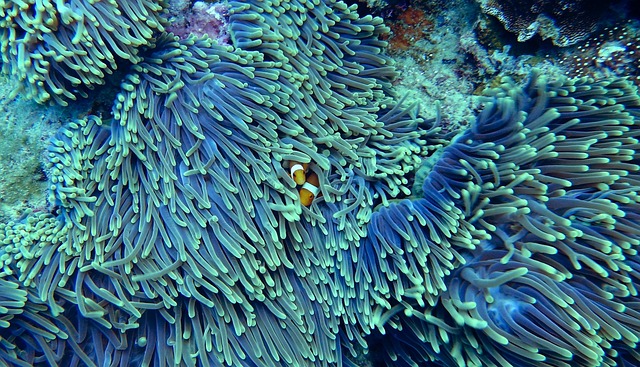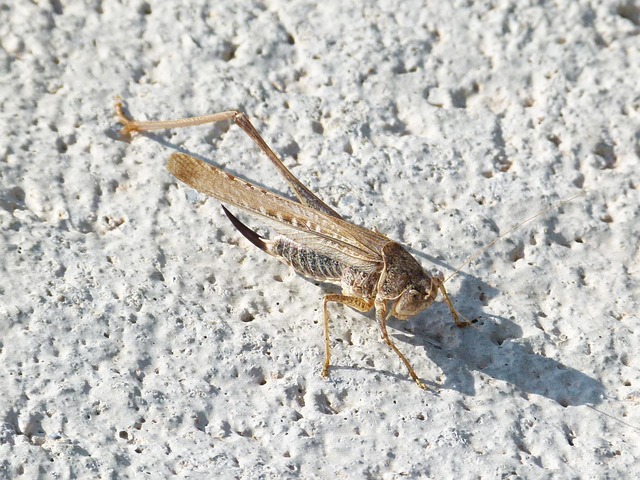
Artemia Salina
Introduction to Artemia Salina
Artemia salina, commonly known as brine shrimp, is a species of crustacean that thrives in high-salinity environments. These small aquatic organisms are primarily found in saline lakes, ponds, and temporary waters in the Mediterranean region of Southern Europe, Anatolia, and Northern Africa. Their adaptability to extreme conditions makes them a fascinating subject of study in both ecology and aquaculture.
Physical Characteristics
Artemia salina are relatively small, typically growing to about 15 mm (0.6 inches) in length. They possess three eyes and 11 pairs of legs, which they use for swimming and feeding. One notable feature of these organisms is their blood, which contains hemoglobin, a pigment also found in vertebrates. This adaptation allows them to survive in oxygen-poor environments.
Habitat and Distribution
As mentioned, Artemia salina is native to saline environments. They are not found in seas but rather in isolated bodies of water with high salt concentrations. The species has been historically recognized in various regions, but recent classifications have clarified that populations outside the Mediterranean, such as those in the Americas, belong to a different species known as Artemia franciscana.
Life Cycle and Reproduction
Artemia salina has a unique reproductive strategy. They can reproduce both sexually and asexually, depending on environmental conditions. In favorable conditions, they produce live young, while in harsher conditions, they can produce dormant eggs known as cysts. These cysts can withstand extreme desiccation and remain viable for years, allowing the species to survive in fluctuating environments.
Ecological Role
Brine shrimp play a crucial role in their ecosystems. They serve as a primary food source for a variety of aquatic animals, including fish and birds. Their presence indicates a healthy saline environment and contributes to the overall biodiversity of these habitats. Additionally, they are often used in aquaculture as a live feed for fish larvae and other aquatic organisms.
Research and Applications
Due to their resilience and adaptability, Artemia salina has become a subject of research in various fields, including environmental science and aquaculture. They are often used in studies related to saline ecosystems and the impacts of climate change on aquatic life. Furthermore, their ability to thrive in extreme conditions makes them a model organism for understanding survival strategies in harsh environments.
Conclusion
Artemia salina is more than just a simple brine shrimp; it is a vital component of saline ecosystems. Its unique adaptations and ecological significance make it an important species for both scientific research and practical applications in aquaculture. Understanding this organism helps to shed light on the complexities of life in extreme environments and the interconnectedness of aquatic ecosystems.

















 Influencer Breaks Spine Attempting Viral Stiletto Challenge
Influencer Breaks Spine Attempting Viral Stiletto Challenge 
 Health
Health  Fitness
Fitness  Lifestyle
Lifestyle  Tech
Tech  Travel
Travel  Food
Food  Education
Education  Parenting
Parenting  Career & Work
Career & Work  Hobbies
Hobbies  Wellness
Wellness  Beauty
Beauty  Cars
Cars  Art
Art  Science
Science  Culture
Culture  Books
Books  Music
Music  Movies
Movies  Gaming
Gaming  Sports
Sports  Nature
Nature  Home & Garden
Home & Garden  Business & Finance
Business & Finance  Relationships
Relationships  Pets
Pets  Shopping
Shopping  Mindset & Inspiration
Mindset & Inspiration  Environment
Environment  Gadgets
Gadgets  Politics
Politics 